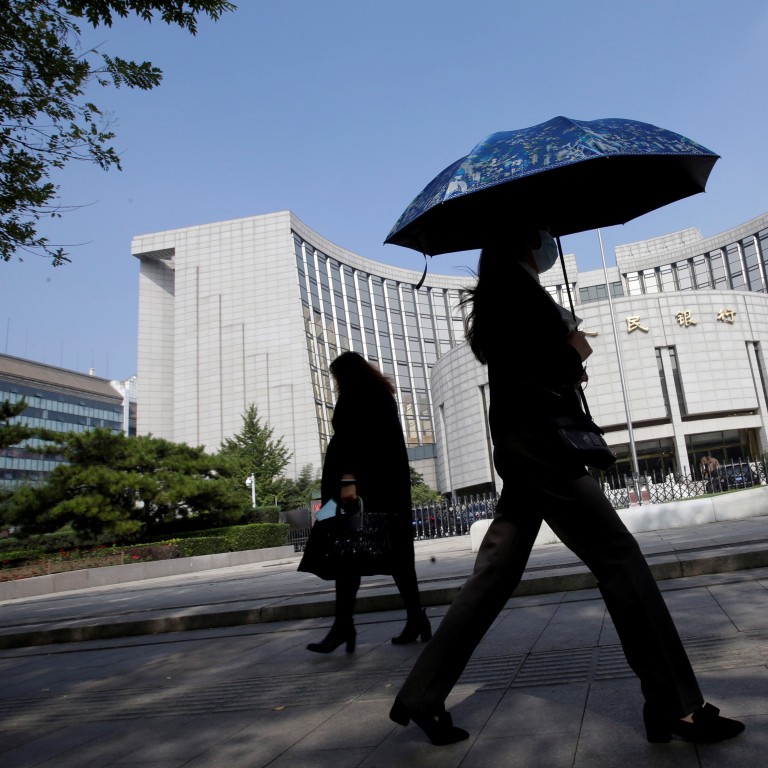
China’s central bank now has ‘bigger say’ over lending rates, but analysts question level of impact
- The People’s Bank of China now requires banks to benchmark their loan rates against the medium-term lending facility instead of the official benchmark
- The change is part of a long-term modernisation process within the world’s second largest economy to have a market-oriented central banking mechanism
China’s central bank has gained a “bigger say” in deciding the country’s lending rates after taking a subtle but significant step towards monetary policy independence, but analysts have questioned the level of impact the mechanism change will have.
The central bank, in theory, can change interest rates for mortgages and other borrowing contracts by tweaking the MLF rates in the interbank market as these are under full control of the PBOC.
By sidelining the official benchmark lending rate – the one-year rate of 4.35 per cent which has been kept unchanged since October 2015 – the PBOC has essentially gained control of all lending rates in the world’s second largest economy and, potentially, could engineer a modest rate cut.
This, some analysts said, will help the PBOC transform itself into an independent, modern central bank with greater autonomy over monetary policy compared to a bureaucratic government agency rolling out decisions made by the country’s senior leaders. Unlike its peers such as the US Federal Reserves and the European Central Bank, China’s central bank is a ministerial agency within the Chinese government.
But Ding Shuang, chief Greater China economist of Standard Chartered Bank, said the central bank may still have to tell the cabinet about its tweaks to the interbank market rates.
“But it will have a bigger say [in deciding the country’s lending rates],” Ding said. “The important thing is that the central bank will have more policy choices after the mechanism is established.”
According to the new rules, a group of 18 designated banks will submit their one-year and five-year loan prime rates to the central bank on a monthly basis. The central bank will in turn publish the average at 9.30am on 20th of every month as the benchmark rate for the banking industry to follow.
The important thing is that the central bank will have more policy choices after the mechanism is established.
The PBOC said that the reform was made to “deepen liberalisation of interest rates, improve interest rate transmission mechanism, and help to cut financing costs in economic activities”.
But Ma Jun, a former adviser to the central bank, told China’s state radio on Monday that it is hard to “quantify” the actual impact on interest rate levels.
Lu Ting, chief China economist of Nomura, said that the effect on lowering financing costs for borrowers may be quite limited because of restraints on credit growth.
“The essential change of this LPR reform is that the PBOC takes back the power on influencing banks’ lending rates [that] it previously gave up in mid-2013,” he said.
It will allow the central bank to adjust [the rates] according to the actual situation
Liu Shengjun, head of the Shanghai-based China Financial Reform Institute, said the move was not intended to empower the PBOC, but that it does give the central bank “one more tool” to guide the credit market.
“It will allow the central bank to adjust [the rates] according to the actual situation,” Liu said.
But Liu said that the reform fell short of touching structural issues in China’s banking system, including the dominance of state banks and “differentiated treatment to state-owned and private firms”.
“It is still going around in circles in terms of technical issues,” Liu said.

